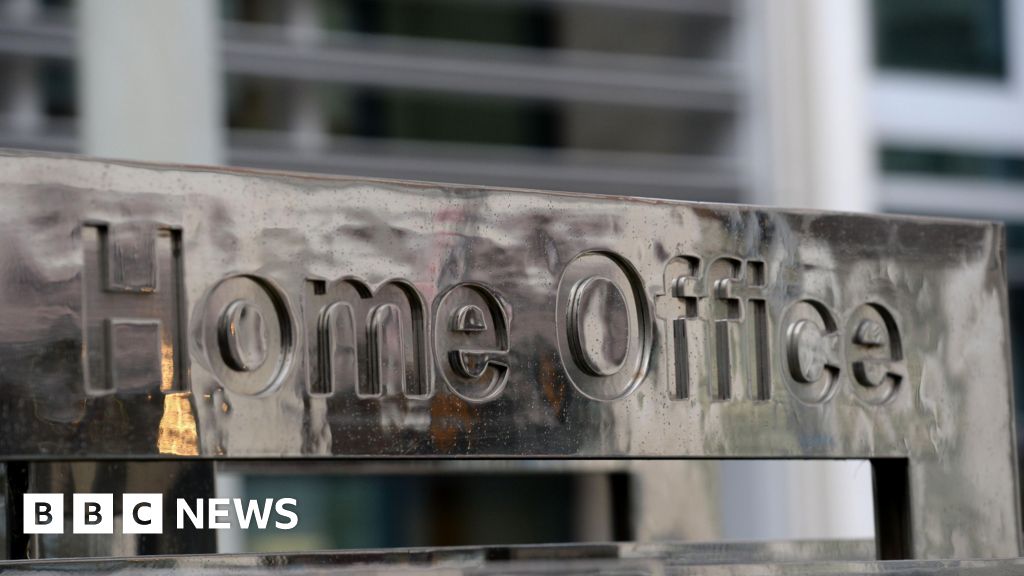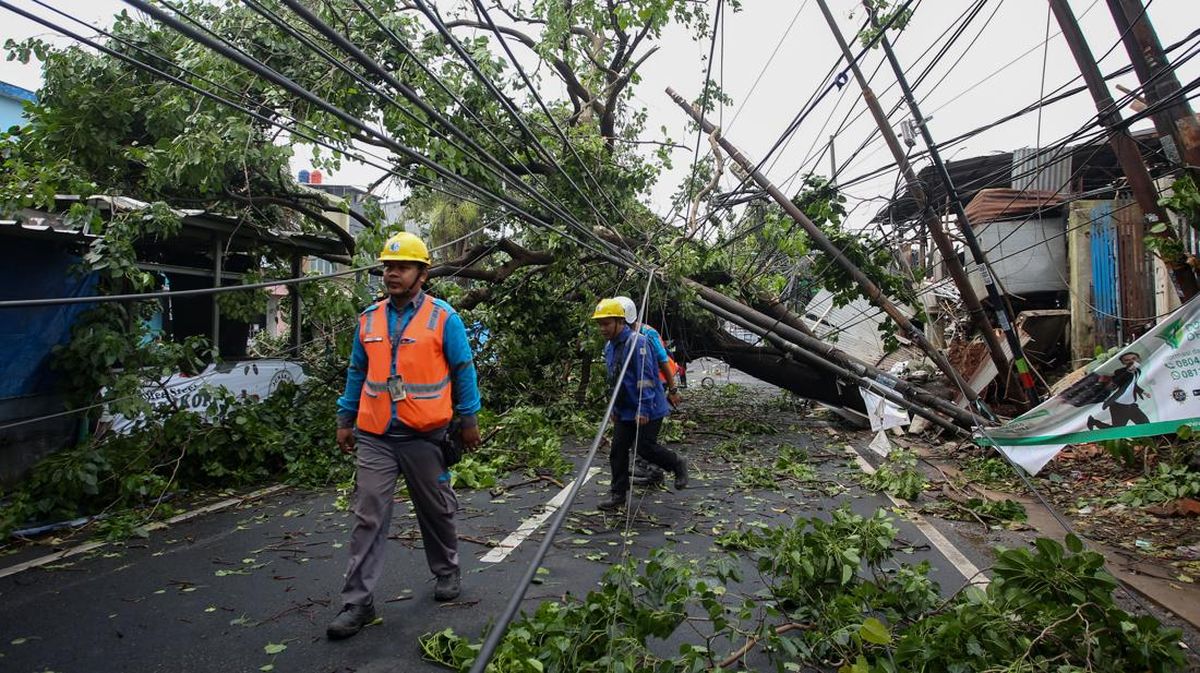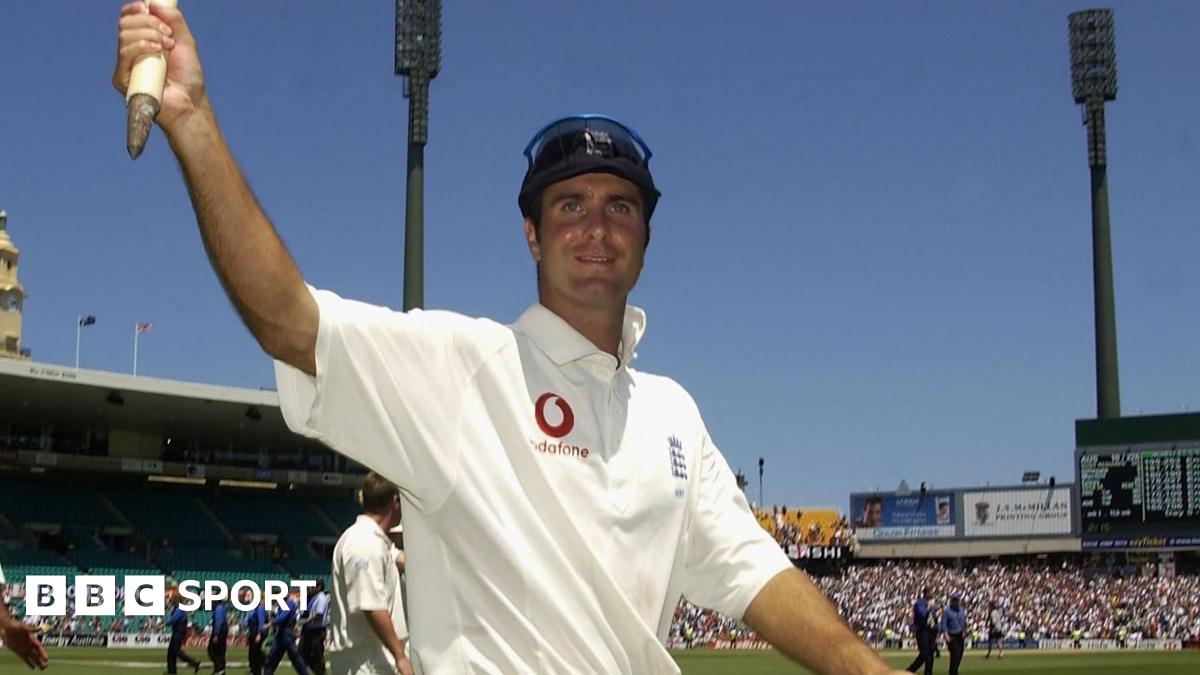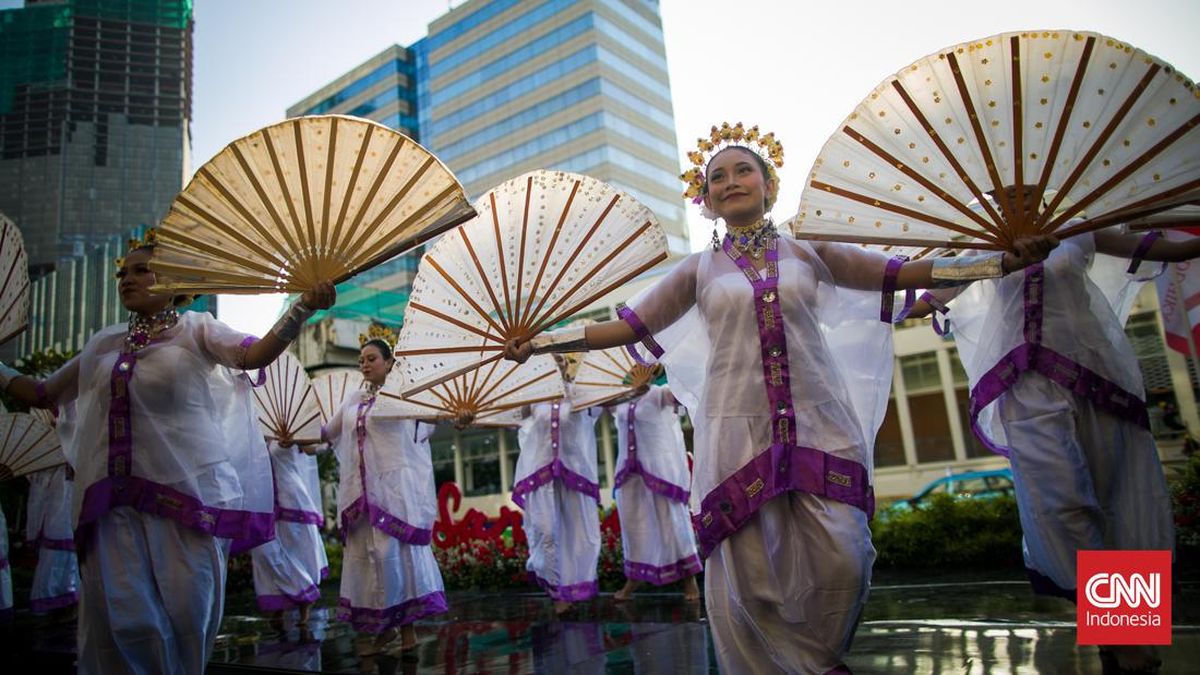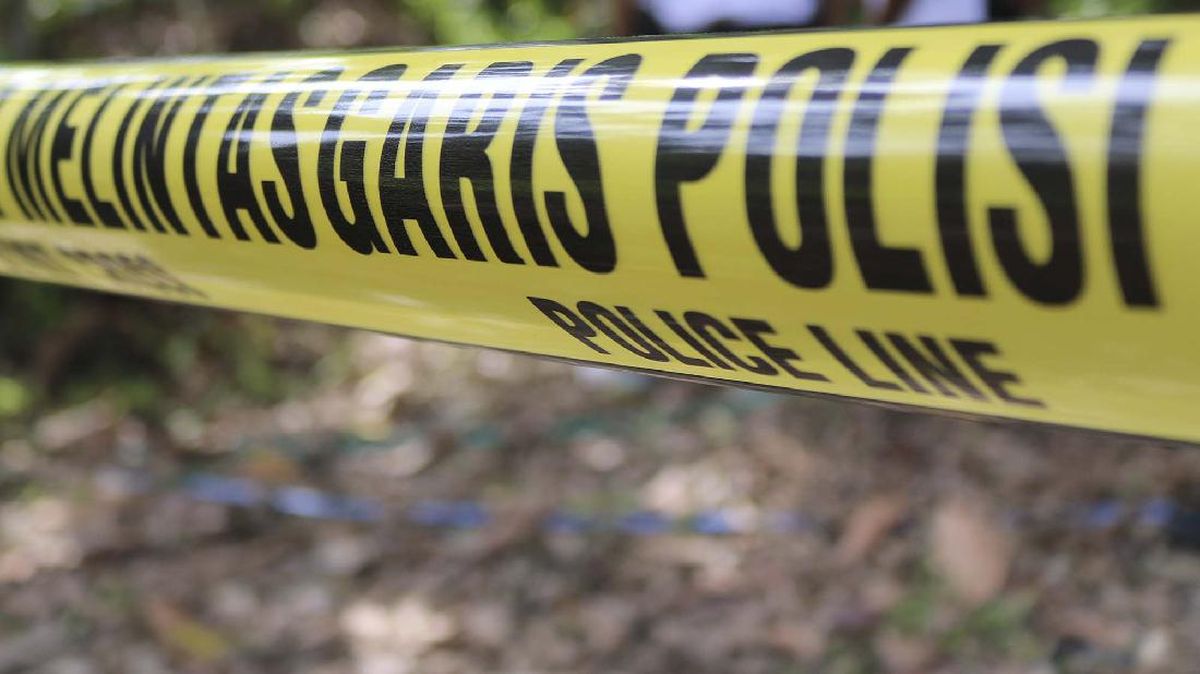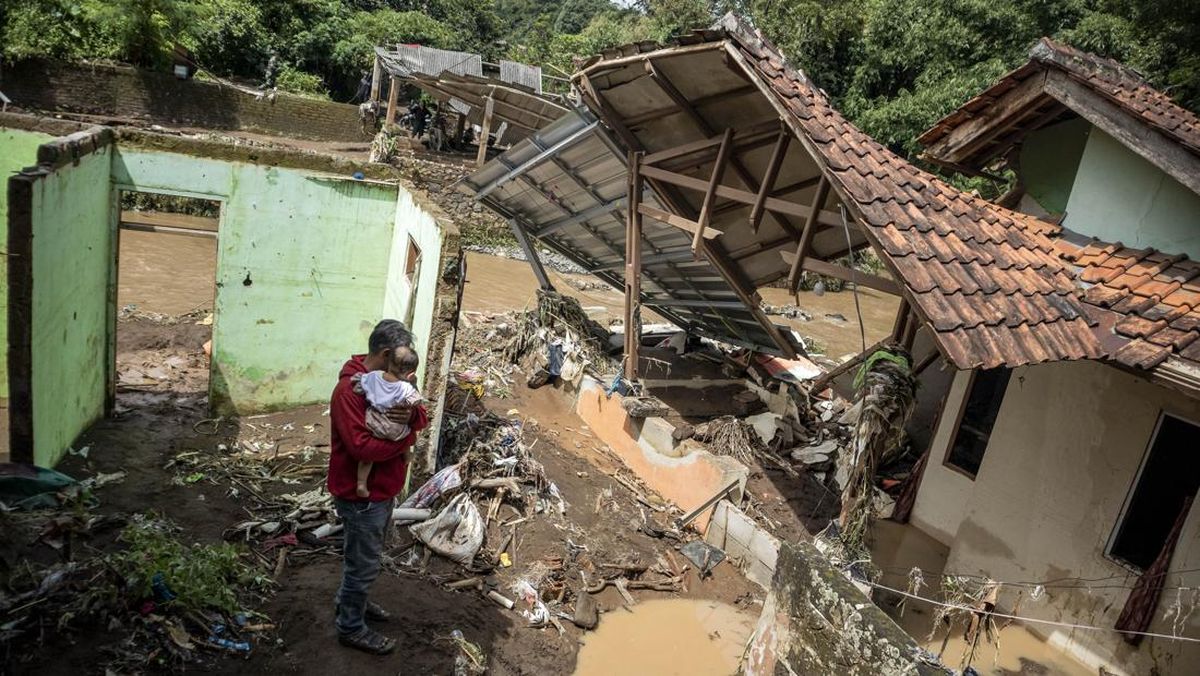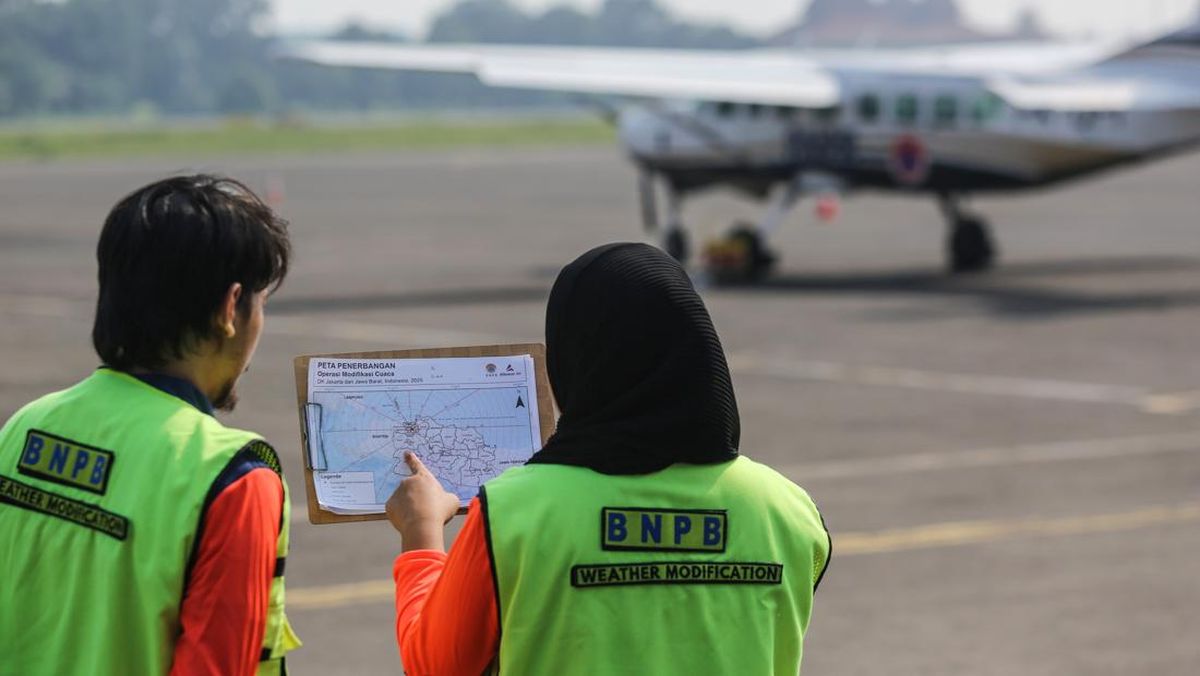Hurricane Melissa intensified into a Category 5 storm yesterday as it drew closer to Jamaica, where forecasters expected it to unleash catastrophic flooding, landslides and widespread damage. At that strength, it would be the strongest hurricane to hit the island since record-keeping began in 1851.
Blamed for six deaths in the northern Caribbean as it headed toward the island, Melissa was on track to make landfall Tuesday in Jamaica (Wednesday local time) before coming ashore in Cuba later in the day and then heading toward the Bahamas. It was not expected to affect the United States.
Anticipating the hardship in store for his country, Jamaican Prime Minister Andrew Holness said, “I have been on my knees in prayer.”

In this handout satellite image provided by the National Oceanic and Atmospheric Administration, Hurricane Melissa churns northwest through the Caribbean Sea. Hurricane Melissa has intensified into a Category 5 storm as it approaches Jamaica, according to the National Hurricane Center. Credit: Getty Images

Radar map shows Hurricane Melissa heading for Jamaica.Credit: Twitter
Hanna Mcleod, a 23-year-old hotel receptionist in the Jamaican capital of Kingston, said she boarded up the windows at her home, where her husband and brother are staying. She stocked up on canned corned beef and mackerel and left candles and flashlights throughout the house.
“I just told them to keep the door closed,” she said. “I am definitely worried. This is actually the first time I’ll be experiencing this type of hurricane.”
Category 5 is the top of the Saffir-Simpson hurricane scale, with sustained winds exceeding 157 mph (250 kph). Melissa would be the strongest hurricane in recorded history to directly hit the small Caribbean nation, said Jonathan Porter, chief meteorologist at AccuWeather.
AP






